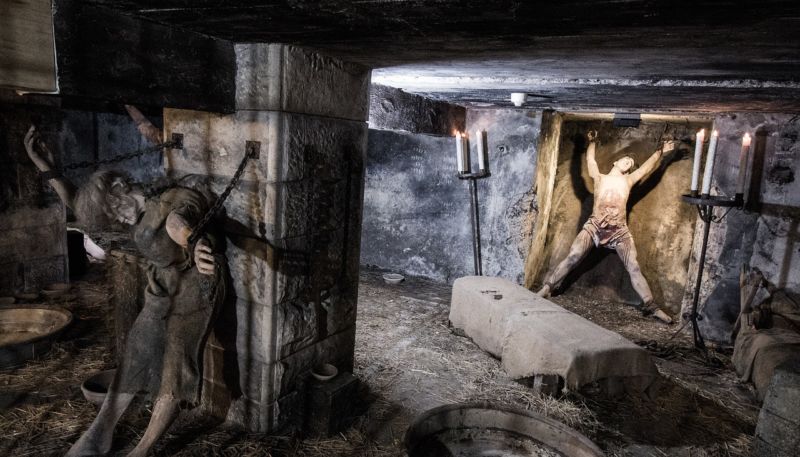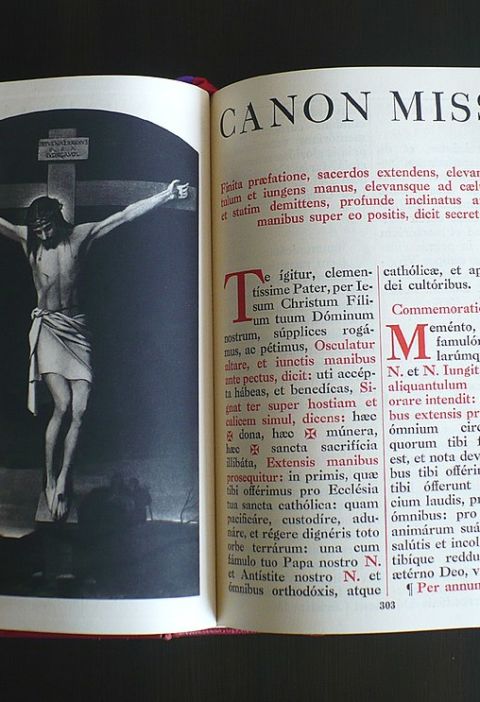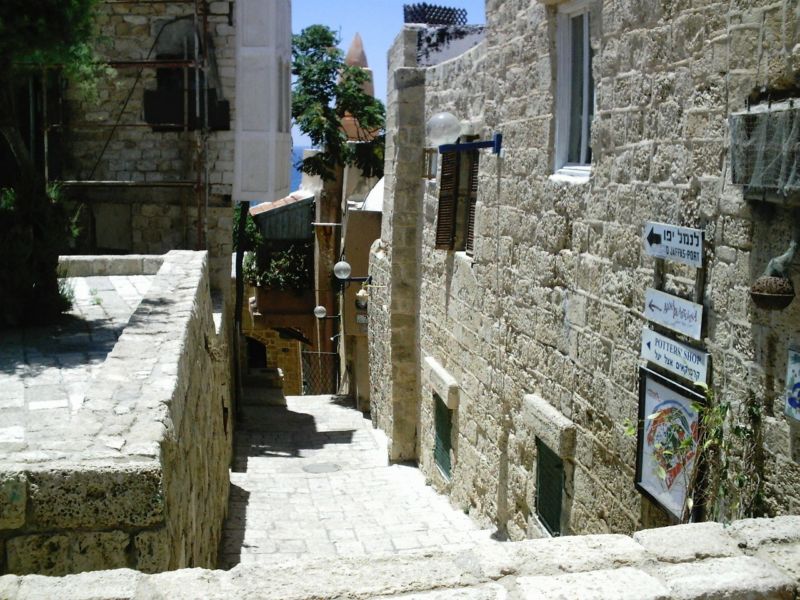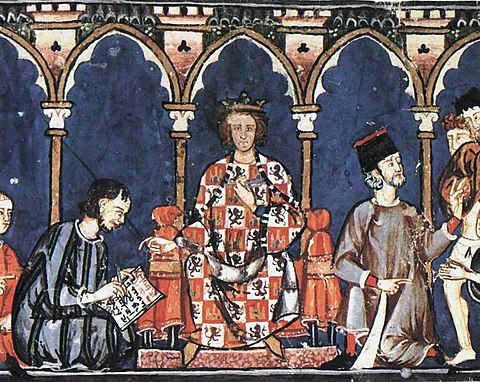Writing on women’s tits or ingesting semen in repulsive concoctions were part of the spells common in centuries past in Toledo. How were these ancient spells and potions? Who were the people who made use of these terrible concoctions and what supposed utility did they have? In this extensive and documented text you will find some answers compiled by the doctor in History Felipe Vidales.
For the men of the Middle Ages and the Modern Ages, the feminine nature was a mystery, something unknown and therefore a threat.
The existence of a character who brought together the feminine, the perfidious and the powerful was for many and in many cases the explanation of the evils that afflicted society.
They were to blame for premature deaths and earthquakes, bad harvests and the sexual impotence of men, because while weaker sex, were the resource that the devil took advantage of to intervene in society and sow his seed of evil. But were they really per se the very nature of evil? Clearly No.
The entire Christian liturgy defined evil as incarnated in the devil, that was clear. But they, women, especially the most heterodox in their beliefs and practices, were the way by which the devil managed to do evil and fulfill his true goal: the destruction of human beings and the creation of God.
And this is how the witch was born or, better said, manufactured and invented.
Index of Contents
The persecutions of the Inquisition
For centuries, tens of thousands of women were persecuted, tried and sentenced or directly murdered without trial throughout Europe. Witches were the sum of all stereotypes and prejudices, of lack of knowledge, around three main variants: woman, magic and sexuality.
The court of the Inquisition in Toledo was the one that devoted the most time and effort to prosecuting sins and crimes linked to superstitions.
Many sorceresses and few witches, said the inquisitors, lived and worked in the archbishopric of Toledo, a territory over which the Holy Office had competence. Many helpless women, abandoned, marginalized and trying to survive in a society that saw in them the explanation of many of their evils.
Forced to survive many times by practicing prostitution (amancebándose), others by begging and most of them learning small spells with those who earned some money for their maintenance.
Without understanding this marginal condition to which they were forced, in a much broader context such as that of a misogynist and deeply macho society, the strategies of these women to continue to exist, to survive, will never be understood. Sorcery was simply one of them.
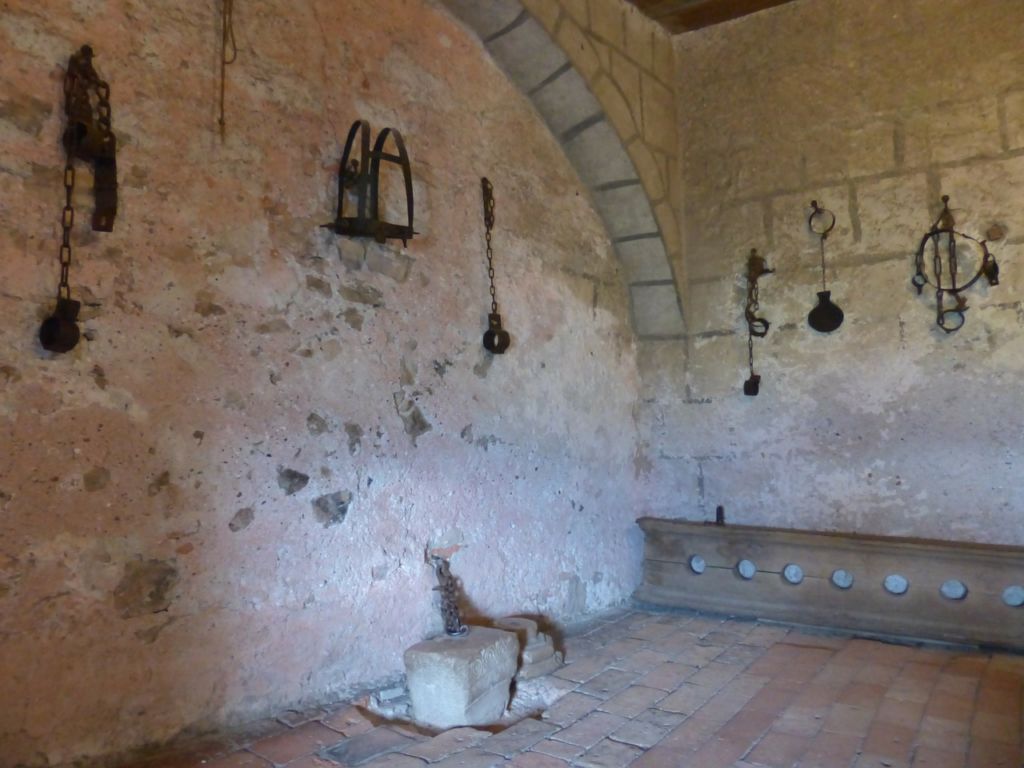 Sambenitos at the exhibition of torture instruments in Toledo
Sambenitos at the exhibition of torture instruments in Toledo
Toledan Sorceresses
Because the most damaging thing to the supposed witches was their innate condition as sorceresses, “office” to which they devoted most of their time. It was often their great botanical knowledge to cure certain diseases, but also to perform abortions and control pregnancies, which earned them part of their (bad) fame, but also of their business, as the only way to help other women in need.
And all this was linked to sexuality. They, the women, “whose vagina is insatiable and there is no man capable of fulfilling that demand (as the Malleus Maleficarum explained well) could ruin a woman’s fertility, a man’s sexual potency, cause abortions and, ultimately, annul God’s will.
This manual by and for inquisitors is one of the summits of misogynist literature, which achieved exactly the opposite of what it intended, helping to spread rumors about fantastic women with supernatural powers.
Its authors wrote that ” women are more gullible and impressionable. They love or hate. They have no middle ground. They have a fickle tongue. In a word, they are weaker in body and mind… that is why they are more willing to abjure faith, where the root of witchcraft resides… All witchcraft comes from carnal desire, of which the woman is insatiable… as a consequence it is better to call it heresy of witches than of sorcerers, and blessed be he who has preserved the masculine gender from this horrendous crime” .
And that idea that these liberal and libertine women played god, that shift from the natural (botanical) to the supernatural (magical and demonic) is the key to understanding the history of women judged for sorcery and witchcraft during the nearly four centuries of Spanish Inquisition history.
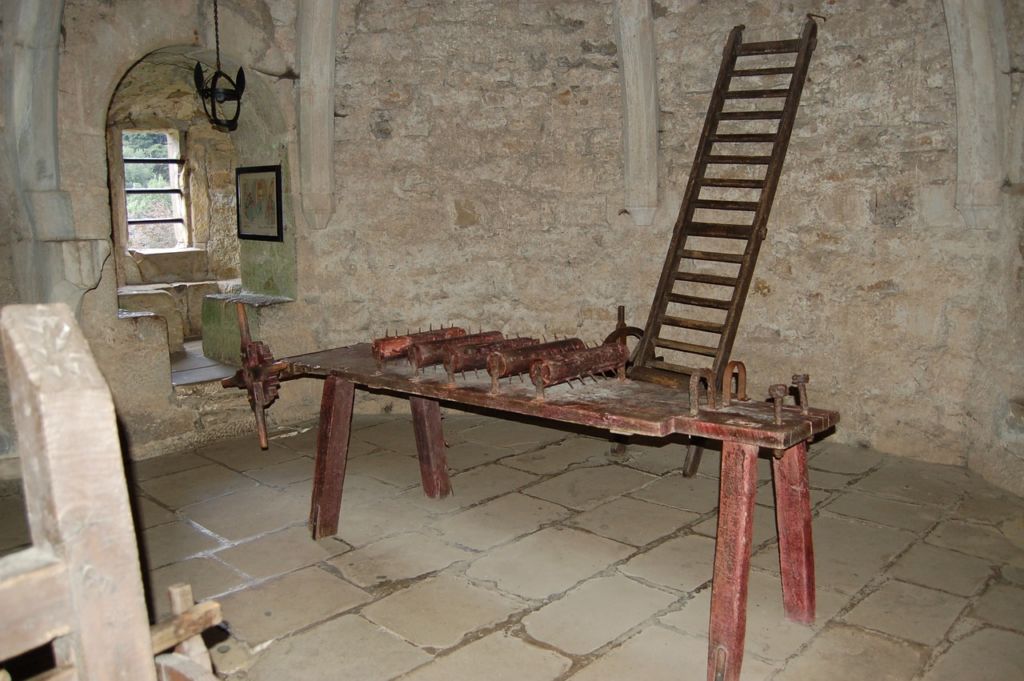 Malleus maleficarum – Sprenger, Jakob – This file is available in BEIC digital library. Source: Wikipedia.
Malleus maleficarum – Sprenger, Jakob – This file is available in BEIC digital library. Source: Wikipedia.
We have all heard that innate concern of the human being of three things there are in life: health, money, and love, and whoever has these three things gives thanks to God.
But what if I only have two, and if I have none? To whom do I give thanks, to whom do I go? In that field of I want and I can’t, of I want and they won’t let me, is where the binomial wizard-client operated, many less times the wizard-client and even less wizard-client.
Because sorcery is fundamentally a feminine phenomenon, by and for women, since men could access health, money and love by many means that were forbidden to women.
This is not to say that there were no men accused of practicing sorcery, but their cases were always much closer to their own interests and trades: sex and medicine. If we count the inquisitorial trials by “heterodox religiosity,” more than 60% went to women.
Men made extensive use of sorcery
There were curious cases such as Baltasar Benavente, who in 1538 confronted the Toledo court for blasphemy and superstition. In his statement he recognised a habitual practice in medieval Castile, halfway between superstition and preventive medicine.
In those years in which magic, science and religion were so difficult to dissociate, Baltasar told how long ago “a woman told me to write her tits so that her milk would be removed because the creature she was raising had died”.
Infant mortality was something with which the Toledans of centuries ago coexisted, something habitual but not easy to assimilate or understand.
Many women lost their children in the first days or weeks after giving birth, in full lactation. What is known as milk “let-down” became a physical and psychological problem for them, because it increases blood flow and lymphatic fluids, and medicine had no solution.
It is in this field, where faith and science ceased to be useful, that sorcery and superstition found a fertile field of action. Baltasar said he didn’t know what to write on women’s tits, but he quickly learned it from others who did know and did it frequently, which shows how usual this practice is.
Another neighbour gave him on paper the text to write on the breasts of women who lost their children while breastfeeding: “In Cristo Ore Dia Cardia cum forma…..”
With it, it was believed, women could stop generating milk, and it should be something habitual to resort to this type of written and superstitious practices, because Baltasar affirmed with certain cynicism that “I have written it to many women in the tits without knowing that it was said, because I am not Latin and I do not know if it is good or bad”.
Baltasar washed his hands, confirmed that he was just one of many who did it and asked for mercy and penance if he had committed any sin, because he limited himself to writing a text that he didn’t even understand, because he didn’t know Latin.
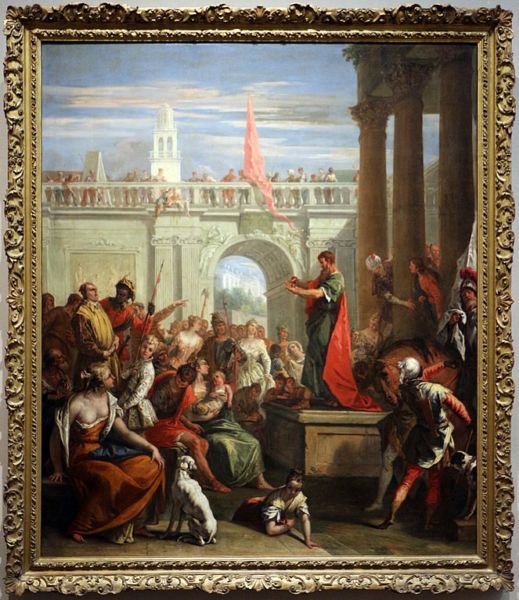 Process of Baltasar Benavente. Documents of the Inquisition Section of the National Historical Archive
Process of Baltasar Benavente. Documents of the Inquisition Section of the National Historical Archive
As a general rule, men who turned to sorceresses or practiced some kind of sorcery themselves were looking for sex, rarely love or money. Many of the solutions in the form of filters and potions that women provided to these men, published years ago by Cirac Estopañán or Julio Caro Baroja, are well known.
Less well known are the remedies that some men prepared for other men, especially in cases such as an Italian who in the mid-16th century taught Spanish men how to conquer a woman.
This merchant from Ancona sold his spells “per aver una mujer”, to have a woman, to whom it was requested and paid for the streets of Toledo.
He committed the imprudence of doing it in series, of leaving it in writing, something that cost him an inquisitorial process with evident proofs and to us it facilitated a wonderful proof of file, since the spells were rarely conserved.
It was necessary to take ” a hair of the woman to whom you want well in a few of cantazidas stepped very well after they are stepped you will take a fogia (leaf) of the lanzie and you will write in the middle of the fogia the name of the dita woman, then you will peck the fogia with the dita polvaza (and you will put it on top of that woman that you want well of tomorrow before you wash your hands”.
This Italian enjoyed a privilege not enjoyed by most of those who faced the Inquisition: he was a man. And as a man, a greater culture and formation was presupposed than that of a woman and, therefore, a more immediate possibility of being re-educated and learning, of being corrected.
He paid for his sin with a few masses and an economic fine. On the other hand, much more defenseless before this court, the women paid with much greater and above all humiliating penalties.
Women and sorcery, sin.
For them this of delinquering and sinning was often a matter of survival. There are dozens of cases of women prosecuted by the Inquisition who told how they had learned from other elders, neighbors, mothers or friends, transmitting from one to another the spells and spells they used to heal (sometimes) and to deceive (most of them). Many did not hide it.
But we had to eat in a world in which male capitalism was brewing, and that was a priority, as Silvia Federici has explained in her many works.
Elizabeth the Baptist
Elizabeth the Baptist was one such case. A Sevillian by birth and resident of Toledo, she faced the Holy Office on several occasions, was convicted of recidivism and would end her days exercising the only office she knew in any city in Spain, after being exiled from Toledo.
She lived in a privileged area of the city, next to the Alcázar and the Plaza de Zocodover, not far from the Plaza de la Magdalena.
The description they gave of her is very reminiscent of the Celestina de Rojas, but also of the theologians and jurists who made of these women, deforming them, pointing to them almost as monsters of enormous ugliness and danger. Isabel was “tall, old, the face stained” and also mulatto, who knows if descendant of Moors or African slaves. In front of the court Isabel persigned herself, prayed and proved to be a good Christian as well as literate, because she knew how to read and write.
She did not disguise her work, although she believed that by acknowledging it the inquisitors would show greater clemency, acknowledging that she had “done some cures with holy words and good with which to gain from eating”.
To gain from eating and not to break the law or pervert the natural and political order was his only objective.
Isabel was accused and sentenced by some of those priests with holy and good words that she admitted to do, destined almost exclusively to women who asked for her help because of the impossibility of finding a way out of their problems.
Her example, once again, is a sign of the impossibility of understanding where superstition ended and religion and medicine began.
You will also be interested in: Exhibition Witchcraft, unusual objects and fantastic creatures in Toledo.
What was magic, what was faith, and what was science? Two women had asked for her magic knowledge and Isabel came to their house offering them help. What did they want from her? Simply to guess where their husbands had gone.
Isabel took out a red bag “with some beans and threw between them a little blue cloth and alum, and a little charcoal and a half real and another piece of a grana cloth and the blue cloth, and said it meant jealousy, and the alum pesadumbre.
Isabel played with advantage, accustomed as she was to these services to which again and again the Toledans came when they were abandoned by husbands who ended up far away, married again and forming new families.
“Diablo Mayor del peso del Rey, Diablo de Zocodover, Diablo del Ayuntamiento, Diablo de Santo Tomé, Diablo del Arrabal, ni dicho doy ni os quito lo hasta que me otorguéis esto que te pido. “
To the first spell Isabel was adding others of her own and not so own, common among Toledo women of the seventeenth century, “and in one of those times, the rest of those beans said these words: Diablo Mayor del peso del Rey, Diablo de Zocodover, Diablo del Ayuntamiento, Diablo de Santo Tomé, Diablo del Arrabal, ni dicho doy ni os quito lo hasta que me otorguéis esto que te pido.
Bring me so-and-so or Zultan, and then said another prayer that called the star that began star the most beautiful and beautiful star that you are in heaven, conjugate with one, with two or with three, or with four, with five or with six, with seven, with eight and nine, all nine fast to the valley of Jehoshaphat three sticks of black deer will bring me, through the teeth of Barabbas sharpen them, through the cauldron of But Bother you will pass them, one you will sink in the sense that I do not forget, another by the heart,…

